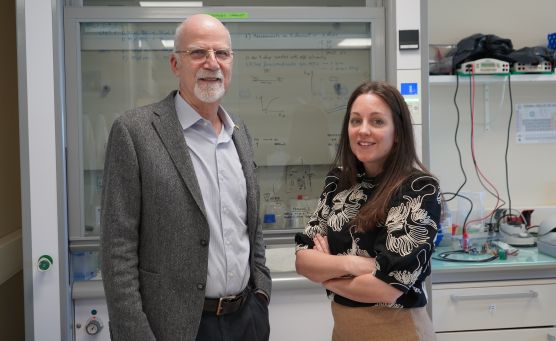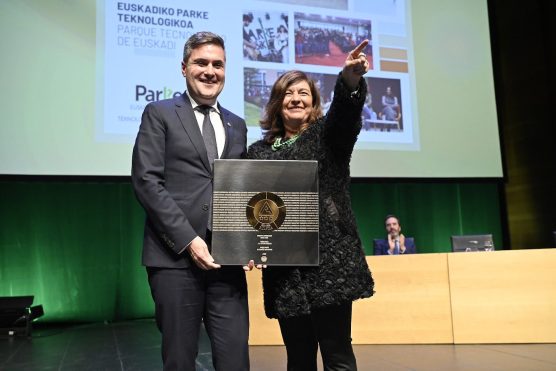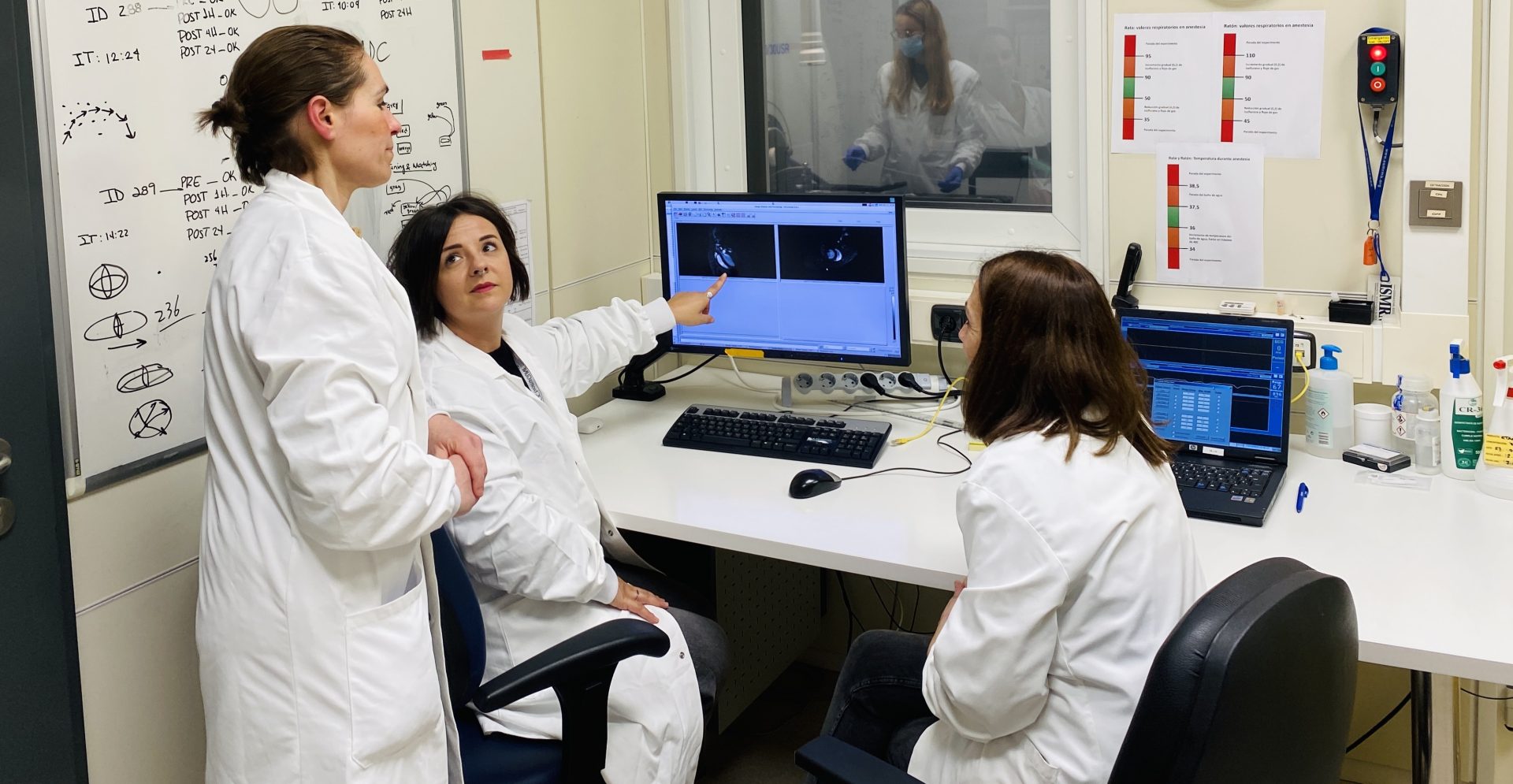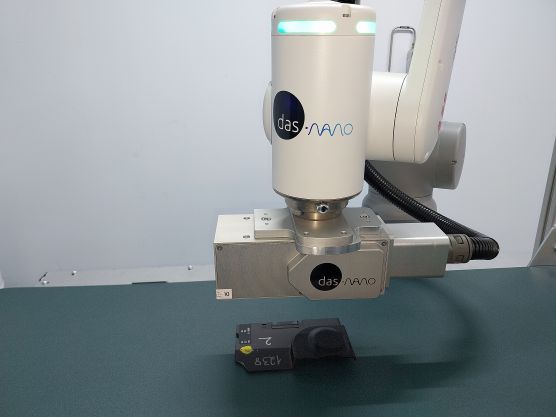ERC funds preclinical studies to reconnect nerves using carbon nanotubes in spinal cord injuries

The European Research Council has awarded a grant to a project that aims to demonstrate the feasibility of restoring motor function in spinal cord injuries.
Using carbon nanopoints, it will be possible to visualise in vivo the neuronal connectivity achieved in rats by means of implants based on carbon nanotubes.
In 2020, the Carbon Bionanotechnology research group at CIC biomaGUNE, led by Ikerbasque professor Maurizio Prato, demonstrated that carbon nanotube implants in rats allow the animals to recover motor activity in a very short time after a paralysing spinal cord injury. Carbon nanotubes are tubes made of carbon atoms with a diameter in the order of nanometres (equivalent to one billionth of a metre), which are intended to ‘provide an artificial support that can mimic and stimulate neuronal electrical connections. Our nanotubes are like electrical wires that go from one neuron to another, and temporarily replace the connections that have been broken between neuron and neuron, thus giving neurons the opportunity to reconnect with each other,’ explains Prato, one of the world’s leading experts on graphene and carbon nanotubes.
This structure, composed of carbon nanotubes and implanted in the injured spinal cord of patients, ‘can bridge the gap created by the spinal cord injury and allow the return of motor and sensory function,’ explains Núria Alegret, a former researcher in the group who is currently working on the project at the Biogipuzkoa Health Research Institute as an Ikerbasque researcher.
The road to bringing this novel solution for the restoration of motor functions in patients suffering from spinal cord injuries to clinical practice has to pass through successive phases. The project is currently in the pre-clinical phase: ‘We are studying cases of injury that are more similar to chronic human patients, who have a significant spinal distance, a scar in the severed medulla and who cover the entire thickness of the medulla,’ says Alegret, the project’s promoter.
The European Research Council (ERC) has awarded CIC biomaGUNE a grant under the Proof of Concept programme to obtain precise images of anatomical neuronal connectivity within the medulla, using carbon nanopoints as neuroanatomical tracers in combination with the nanotube structure. Carbon nanodots are spherical nanoparticles composed mostly of carbon, whose intense luminescence gives them ideal properties for use in biomedical imaging, with applications in both new therapies and diagnostics.
In vivo study
Proof of Concept grants are grants to explore the commercial or societal potential of results obtained in research projects that have already received an ERC grant. Thanks to the latest carbon nanopoints developed in our group, used in combination with the nanotube structure,’ says Professor Prato, ’we will be able to visualise the marrow in vivo; we will be able to increase the MRI signal, so that we can follow the animals over time without having to sacrifice them. The researchers hope to take further steps in demonstrating the technical and economic feasibility of the spinal reconnection strategy, improving the design and production processes of the implants, the restoration of motor function in small mammals, and the design of a business model.
It has been almost 30 years since Professor Maurizio Prato began ‘putting neurons in contact with nanotubes’, and along the way the research group has received numerous grants that have allowed them to make progress. These include the ERC Advanced Grant (one of the most prestigious ERC grants, worth 2.5 million euros) awarded to Professor Prato in 2008 to develop the nanotube-based spinal cord reconnection project, which produced the 2020 results. But it is also worth mentioning the AXA chair, the aid obtained through the CaixaImpulse 2023 call and the aid granted by the State Research Agency and the Provincial Council of Gipuzkoa. In addition, Prato obtained another ERC Advanced Grant in 2021 to develop carbon nanodots for bioimaging and diagnostics. The Proof of Concept announced in this press release has been originated, therefore, thanks to the developments of the aforementioned ERC Advanced Grants.
‘At the end of this project, we hope to have acquired all the necessary data to move on, in the next phases of the project, to large animals first, and then to clinical trials,’ the researchers add. Currently, CIC biomaGUNE and IIS Biogipuzkoa have signed an agreement that guarantees the continuity of the research work. CIC biomaGUNE will take on the work of developing the implants, under the direction of Prato, and at IIS Biogipuzkoa Núria Alegret will be in charge of carrying out the preclinical studies. The ultimate goal of the project, they say, ‘is to reconnect the spinal cord; to ensure that the functions are recovered, that the nerves can continue to be connected and thus recover the motor functions of people who suffer this type of injury’.




